Last Updated on September 11, 2023 by Pro Handyman Australia – Editorial Team
In our evolving domestic landscape—where our homes can curate music based on our moods, optimize lighting conditions, regulate temperatures, and even automate window and door operations—it is intriguing to observe a certain hesitation. Despite the grandeur of the promise, there appears to be a lingering question: Why has the average consumer not wholeheartedly embraced the IoT home revolution? Have our lives genuinely been enriched by these advancements?
Beyond the Marketing Jargon: Seeking Genuine Improvements
Our homes are extensions of ourselves, intimate spaces reflecting our personalities, desires, and aspirations. With that in mind, it’s somewhat disconcerting that most product pitches focus predominantly on “convenience, connectedness, and security.” While these aspects are undoubtedly important, isn’t it equally critical to ask how these innovations enhance the overall quality of our lives?
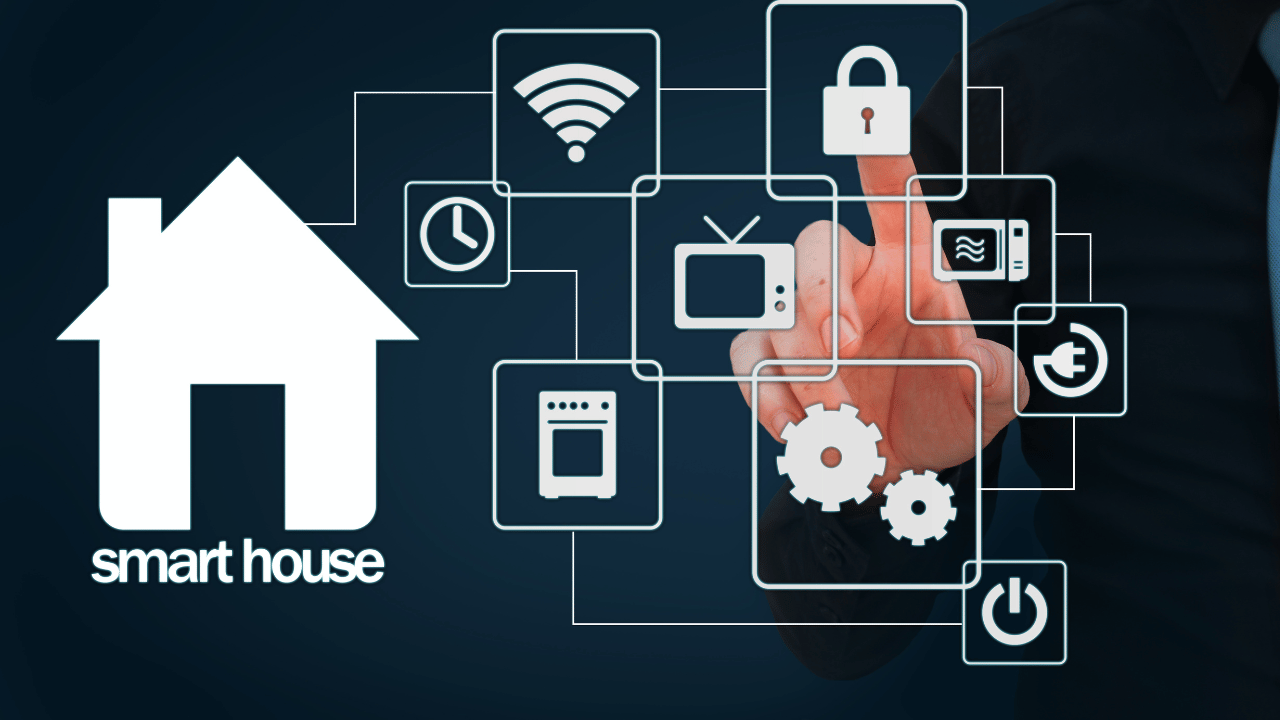
What is the Internet of Things (IoT)?
Before delving into the integration of IoT and home automation, it is crucial to understand what IoT is. In essence, the Internet of Things refers to the interconnection of everyday objects via the internet, enabling them to send and receive data. This could range from a refrigerator that notifies you when you’re out of milk, to a car that can be started with a smartphone app.
Home Automation: The Basics
Home automation, on the other hand, is the automatic control of electronic devices in homes or even entire buildings. This means that devices can operate with minimal human intervention. Think of lights that turn off automatically when no one is in the room, or thermostats that learn your preferred temperature settings and adjust accordingly.
Home Automation serves as a futuristic solution that brings control over everyday household electrical appliances right to your fingertips. This not only allows for budget-friendly lighting options but also promotes energy efficiency by ensuring the optimal use of resources. Beyond just lighting, home automation goes a step further to enhance home security, develop a centralized entertainment system, and more. Powered by the Internet of Things (IoT), this system connects all your smart home devices via internet protocols or cloud-based computing.
The advantages of IoT-based Home Automation systems are numerous. They are user-friendly, easy to install, avoid intricate wiring systems, and ensure quick fault detection. Their flexibility, above all, guarantees portability and mobility.
The Future of Home Automation: Inevitability or Choice?
The debate rages on. Is the integration of the Internet of Things into our homes an inevitable progression? Or is it a future we’re already living? As technology continues to evolve and permeate every facet of our lives, these are the questions we must ask to ensure we’re not merely adopting technology for technology’s sake, but to genuinely improve our everyday experiences.
A Glimpse into the Advanced Homestead
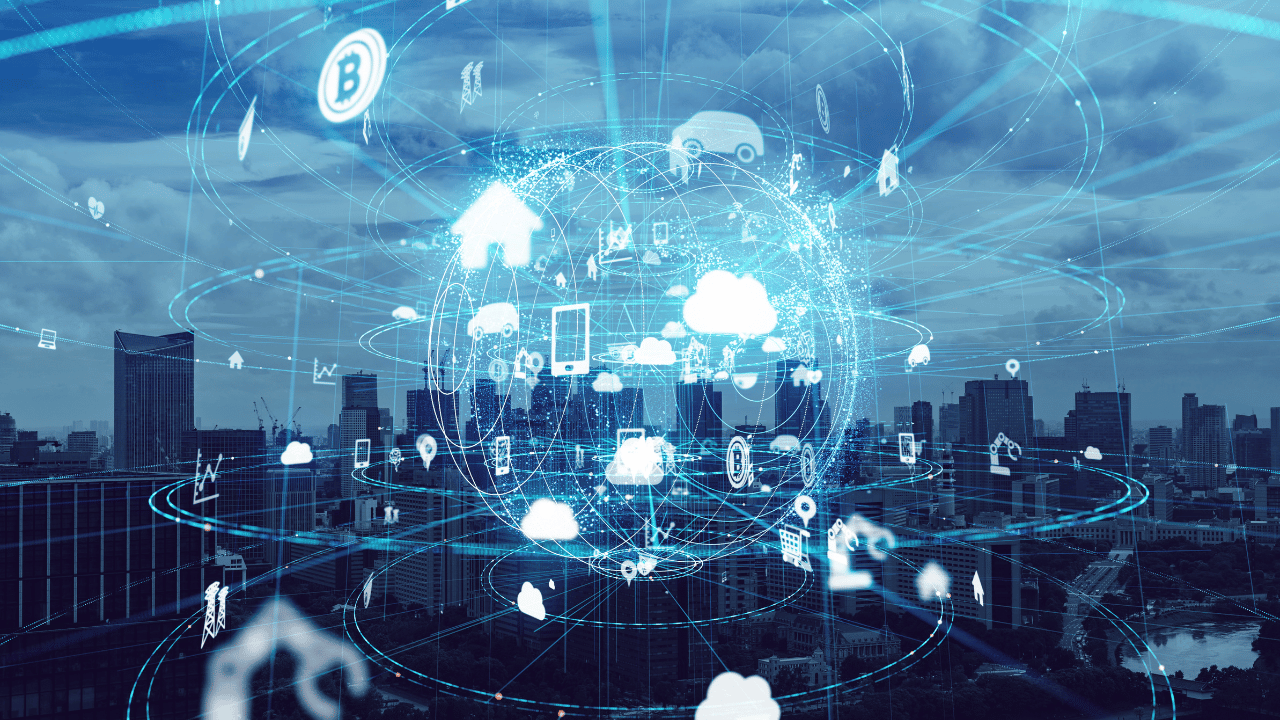
Picture this: a weary business individual returns to their state-of-the-art IoT smart home after an exhausting week. As they approach, the home’s security system recognizes their solitude, activating the much-needed “Friday Night In” mode. The ever-compassionate voice of the intercom gently nudges them towards considering takeout for dinner. As they ponder over their options in the kitchen, the usually recipe-focused smart stove instead displays a list of local eateries.
Later, nestled cozily in the living room, the TV preemptively lists down potential Netflix binge sessions, segmented by the viewer’s mood. Opting for a quick laughter boost, they select a comedy playlist. But before diving into the shows, they glance over a personalized analysis of their day’s activities and dietary choices, presented in neat graphs. Among the tailored recommendations for a balanced lifestyle is an unexpected suggestion: considering the recent string of solitary nights, perhaps they should try their luck on a dating platform?
A small misstep with the remote suddenly catapults them into the world of digital dating. As they get bombarded with messages from prospective matches, the system, overwhelmed, crashes, plunging the house into temporary darkness.
Reflecting on the IoT Evolution
The surge in IoT applications and connected devices have garnered significant attention, but have we paused to consider the ramifications of this evolution on the essence of our homes? Will our advanced smart homes signify the end of traditional homemaking?
Historically, homes have always been profound symbols of our identity, portraying our values, aspirations, and sense of belonging. They reflect generational legacies, offering a window into the past, the traditions, and ambitions of our ancestors. As our homes become increasingly smarter, what stories do they narrate about us? And more importantly, what aspects of our lives become inadvertently visible to the world at large?
The Backbone: Server and Sensor Integration
At the heart of an IoT-based Home Automation system lie its servers and sensors. These servers, located remotely on the internet, facilitate data management and processing, negating the need for individual computers. Moreover, these internet-based servers can be tailored to monitor multiple sensors situated at your chosen location.
The connection between IoT and home automation is profound. In fact, one could argue that the current advancements in home automation wouldn’t be possible without IoT. Here’s why:
- Seamless Integration: IoT provides the framework that allows different home devices to communicate with each other. This seamless communication is what makes automation possible. For instance, your smart doorbell can notify your smart TV to pause when someone is at the door.
- Data Collection and Analysis: IoT devices constantly collect data. In a home automation context, this could mean your smart fridge monitoring your consumption patterns to suggest recipes or shopping lists.
- Remote Access: One of the hallmarks of IoT is the ability to control connected devices remotely. With home automation, this means homeowners can control their home systems (like heating, lighting, or security) from anywhere in the world, using just their smartphones.
Controller: The Central Nervous System
Acting as the brain of your Home Automation, the main controller, also known as the gateway, is pivotal. Whether your home is fitted with one or multiple sensors, this hub connects to your home’s router through an Ethernet cable. Serving as a conduit, it either receives or sends commands to the IoT sensors, which then communicates with the cloud network. This system’s design permits users to engage with the central hub even from far-flung areas, provided there’s a stable internet connection at the hub’s location and data connectivity on the user’s smartphone.
Importantly, most smart home controllers available cater to the three most commonly utilized wireless communication protocols for Home Automation: ZigBee, Z-Wave, and Wi-Fi.
Smart Devices: Transforming Homes into Living Entities
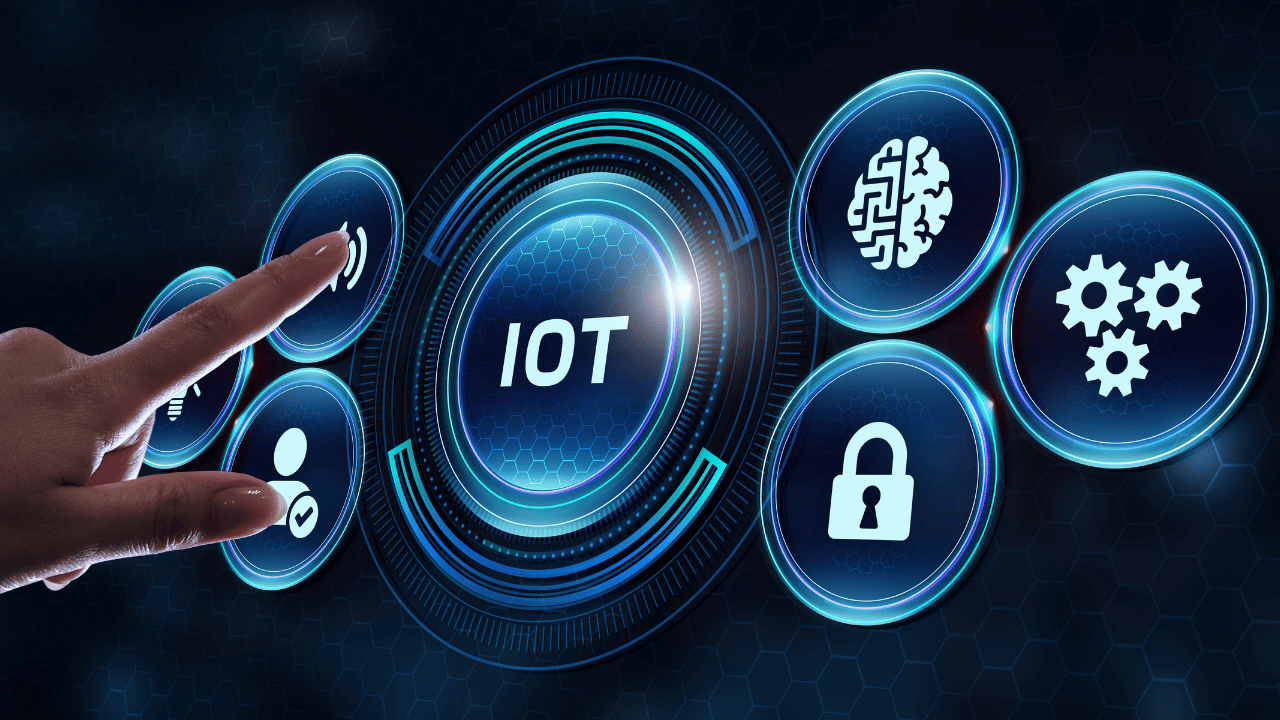
IoT-powered home automation incorporates a myriad of smart devices addressing various needs – from lighting and security to entertainment. All these interconnected devices function on a network set by the gateway. Their integrated nature allows for sequential operations; for instance, living room lights can be programmed to turn on as soon as the main door’s sensor activates post 7pm.
Within this intricate web, certain sensors double as signal repeaters or “sensor hubs”. Positioned between the central hub and distant sensors, they ensure smooth signal transmission over extended distances. A prime example of such hubs in IoT Home Automation systems are Smart Plugs.
Wireless Connectivity: The Circulatory System of Home Automation
Most contemporary IoT Home Automation systems function on the trio of Wi-Fi, ZigBee, and Z-Wave wireless communication protocols. In this mesh topology, signals between the controller and sensors don’t have a preset path; they find the shortest or most available route, rerouting if necessary. Importantly, sensors with varying Network IDs cannot communicate on a shared channel.
Cloud Connectivity: Universal Control and Monitoring
Cloud-based systems store and manage data online, granting users the ability to access this information from anywhere. In IoT Home Automation, users can remotely dispatch commands to the hub, which subsequently communicates with the intended sensors. Once the action is executed, the hub updates the cloud, letting users monitor and control their smart home aspects in real-time.
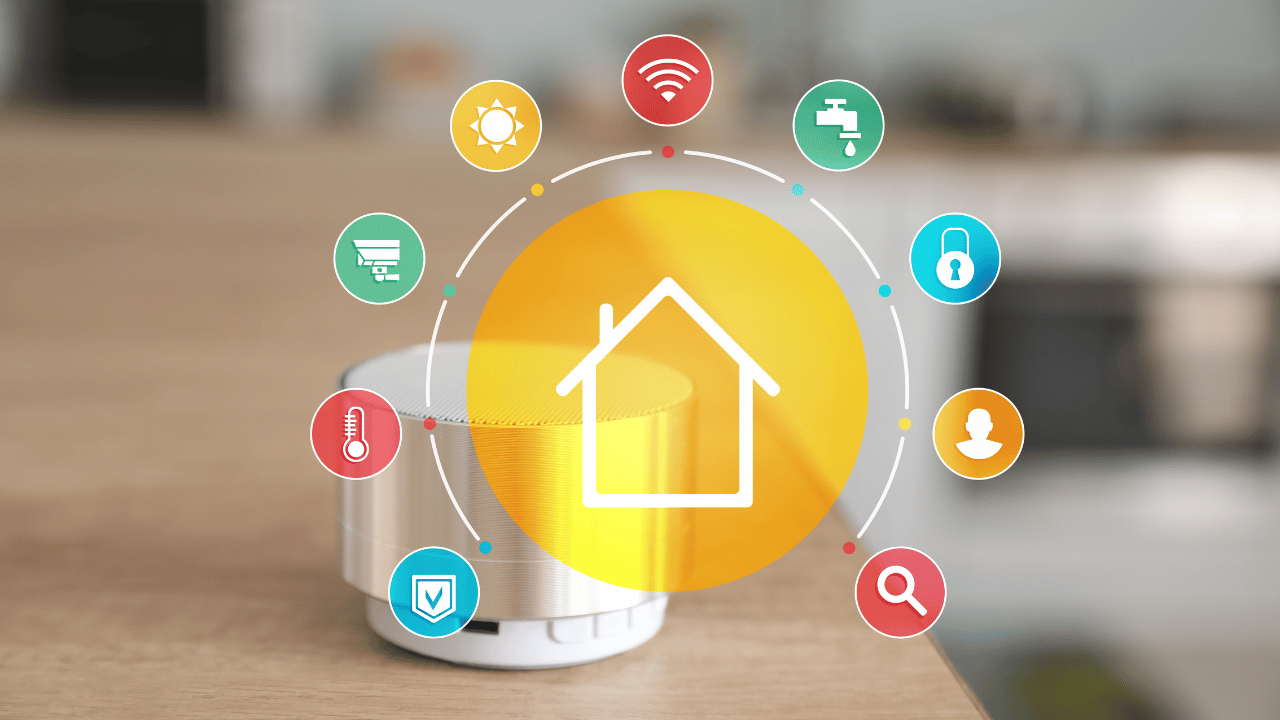
Alerts and Updates: Staying in the Loop
A standout feature of IoT Home Automation is real-time monitoring and notifications. Pre-scheduled events can trigger specific actions, and once these actions are completed, immediate updates are sent to users. For instance, a motion sensor can alert users of unanticipated movements, prompting them to inspect their homes remotely via security cameras.
IFTTT Integration: Customized Automation
Given the hustle and bustle of daily life, manually triggering each action isn’t feasible. Here’s where IFTTT (If This Then That) integration comes into play. It enables sequential actions, where a subsequent action only commences if a preceding condition is met. The possibilities with IFTTT are vast, allowing users to maximize their Home Automation systems, conserve energy, and relish a luxurious lifestyle.
Understanding the Impact of the Internet of Things (IoT)
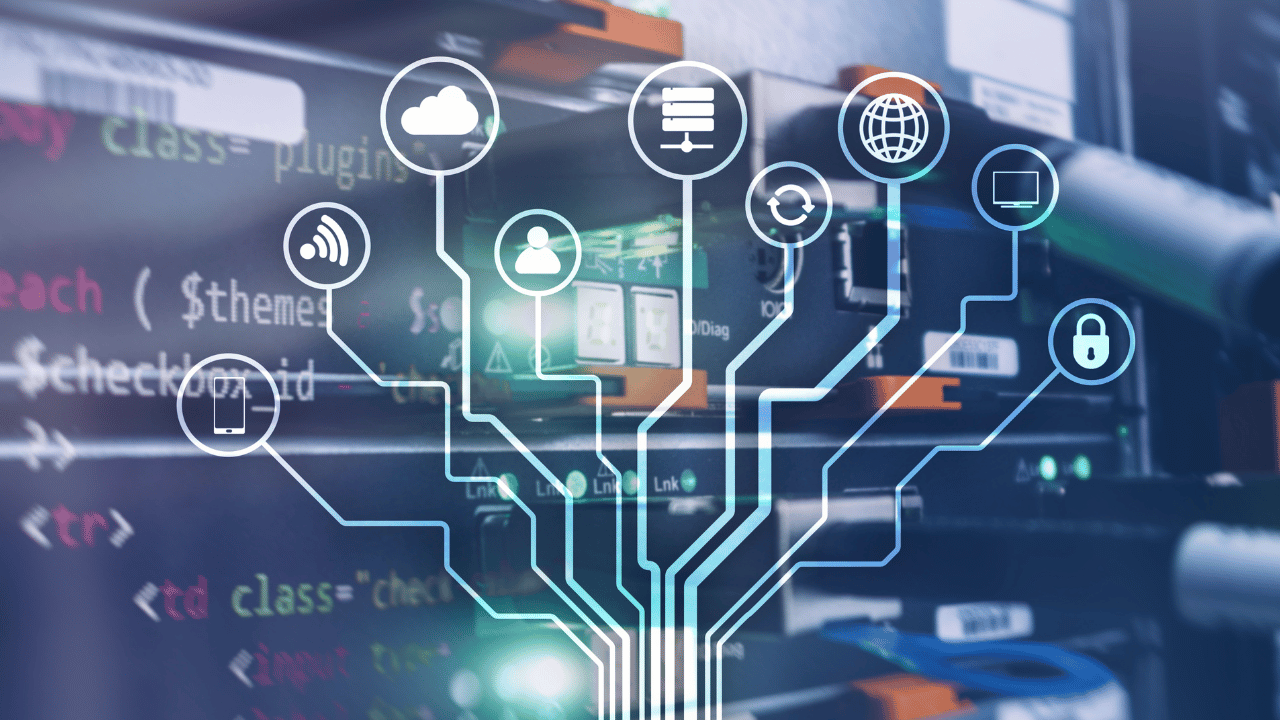
Grasping the Scale of IoT
The Internet of Things (IoT) is often spoken about in awed tones, signifying its vast potential. Predictions suggest there will be around 75 billion IoT-connected devices worldwide by 2025. However, the grandiosity of these numbers is analogous to the distance between the earth and the sun. While the statistics are monumental, their real-world implications remain abstract for many. The core question for the majority is: how will IoT tangibly enhance our lives?
The Challenge of Fragmented IoT Innovations
With every passing day, the market is inundated with novel smart home products. Each product introduces a new device, a unique remote, and often a standalone app. Regardless of their individual brilliance, these devices often lack a unifying vision or purpose.
Take, for example, the connected garden tracking system, Edyn, unveiled by Yves Behar. The system comprises two devices: one monitoring soil health and the other managing irrigation based on the data collected. This data-driven approach can even suggest the most viable plants for cultivation. While it’s a commendable innovation, does it possess the transformative power to redefine gardening for the masses? Much of the smart home tech available today can be seen in this light—potentially useful, but are they indispensable?
The Integration Dilemma
A telling tale from 2016 involves a man in England who labored for 11 hours trying to boil water using his Wi-Fi-enabled kettle. The primary issue? The base station and the kettle couldn’t effectively communicate. This story, albeit a few years old, highlights a persistent challenge in the IoT sphere—the seamless interaction between devices. A smart device’s value diminishes if it can’t integrate effortlessly with other gadgets in a user’s ecosystem.
The Multifaceted Benefits of IoT-driven Home Automation

The convergence of IoT and home automation offers a plethora of benefits:
- Energy Efficiency: Smart thermostats and lighting systems can adapt to user behaviors, ensuring that energy is used only when necessary. This not only reduces costs but also minimizes carbon footprints.
- Enhanced Security: IoT-enabled security systems can provide real-time alerts, facial recognition, and even predictive analytics to deter potential threats.
- Convenience: The core of home automation is to make lives easier. Whether it’s preheating your oven on your way home or having your favorite playlist start as soon as you walk in, the possibilities are endless.
- Accessibility: For the elderly or those with disabilities, IoT-driven home automation can be life-changing, offering voice-command functionalities, fall detection, and more.
Challenges and Considerations
However, as with any technology, there are challenges:
- Privacy Concerns: With numerous devices collecting data, there’s always the concern of who has access to this data and how it’s used.
- Security Vulnerabilities: The more devices we connect, the more potential entry points we create for cyber-attacks.
- Interoperability: Not all smart devices are compatible with each other, which can hinder the seamless operation of an automated home.
The Future: What’s Next for IoT and Home Automation?
The fusion of IoT and home automation is still in its nascent stages. As technology advances, we can expect even more integration, with homes potentially predicting our needs before we’re even aware of them. The future might see innovations like:
- Holistic Home Ecosystems: A fully integrated home where every device communicates with each other, from kitchen appliances to entertainment systems.
- AI-driven Predictive Homes: Using artificial intelligence, homes might be able to predict and prepare for our needs. Imagine a bathtub that starts filling up as soon as you get home from a long run.
- Sustainable Smart Homes: With a growing emphasis on sustainability, future smart homes powered by IoT could optimize energy from renewable sources.
In the interplay between IoT and home automation, we’re witnessing the dawn of a new era—an era where our homes aren’t just places where we live but entities that understand and cater to our needs. As the boundaries between technology and everyday life blur, the possibilities for comfort, convenience, and efficiency seem boundless.
Why Pursuing the Integration of Internet of Things (IoT) with Home Automation is the Future of Smart Living
The concept of a home has evolved dramatically over the years. From being merely a shelter, homes today are evolving into intelligent spaces that can interact, learn, and adapt to our preferences and needs. Central to this transformative journey is the integration of the Internet of Things (IoT) with home automation. But why should we pursue this path? Let’s embark on a comprehensive exploration of the myriad reasons that make this convergence not just beneficial, but imperative for the future.

The Promise of IoT
To understand the profound implications of integrating IoT with home automation, one must first grasp the essence of IoT. The Internet of Things is a visionary concept where everyday objects are embedded with sensors and connected to the internet. This connection enables these devices to collect, share, and act upon data, often without any human intervention.
1. Transformative Convenience
- Automated Routine: With IoT-driven home automation, your morning alarm could trigger a series of events: your blinds gradually opening, your coffee machine starting, and your bathroom heaters warming up. Your home begins to understand and facilitate your daily routines.
- Centralized Control: Instead of juggling multiple remotes or apps, a unified system powered by IoT allows homeowners to control every smart device from a single interface.
2. Enhanced Energy Efficiency
- Intelligent Adaptation: Smart thermostats can learn your schedule and preferences, adjusting heating or cooling for optimal comfort and efficiency. Similarly, smart lighting can adjust based on natural light availability.
- Monitoring and Insights: Advanced energy monitoring systems can provide real-time data and insights on energy consumption, allowing homeowners to make informed decisions and reduce wastage.
3. Heightened Security and Safety
- Proactive Alert Systems: From detecting potential gas leaks to identifying unrecognized faces at the door, IoT-powered security systems can proactively alert homeowners of potential threats.
- Remote Surveillance: IoT allows homeowners to monitor their homes remotely, ensuring peace of mind when they’re away.
4. Health and Well-being
- Air Quality Monitoring: With indoor air quality becoming a growing concern, smart sensors can monitor and purify the air, ensuring a healthier living environment.
- Assistive Technologies: Especially valuable for seniors or individuals with disabilities, voice commands, fall detection, and other assistive features can ensure safety and independence at home.
5. Economic Benefits
- Cost Savings: By optimizing energy use and reducing wastage, homeowners can expect significant savings on utility bills.
- Property Value: A smart home, equipped with the latest IoT-powered automation, can significantly increase the property’s market value.
Overcoming Challenges
While the integration of IoT with home automation offers numerous benefits, it’s essential to address potential challenges:
- Privacy and Security: As we connect more devices, securing personal data becomes crucial. Manufacturers and developers must prioritize robust encryption and regular software updates.
- Interoperability: To ensure a seamless smart home experience, there needs to be a standardization among devices from different manufacturers.
- Consumer Awareness: Often, consumers aren’t aware of the full potential or correct usage of their smart devices. Comprehensive user education and user-friendly interfaces can help bridge this gap.
As we stand on the cusp of a new era, the fusion of IoT and home automation promises a future where homes are not just static structures but dynamic, responsive environments. Pursuing this integration isn’t just about embracing technology; it’s about enhancing our quality of life, ensuring our safety, and making sustainable choices. In the symphony of smart living, every connected device plays a note, and together, they create a harmonious future worth striving for.
Conclusion
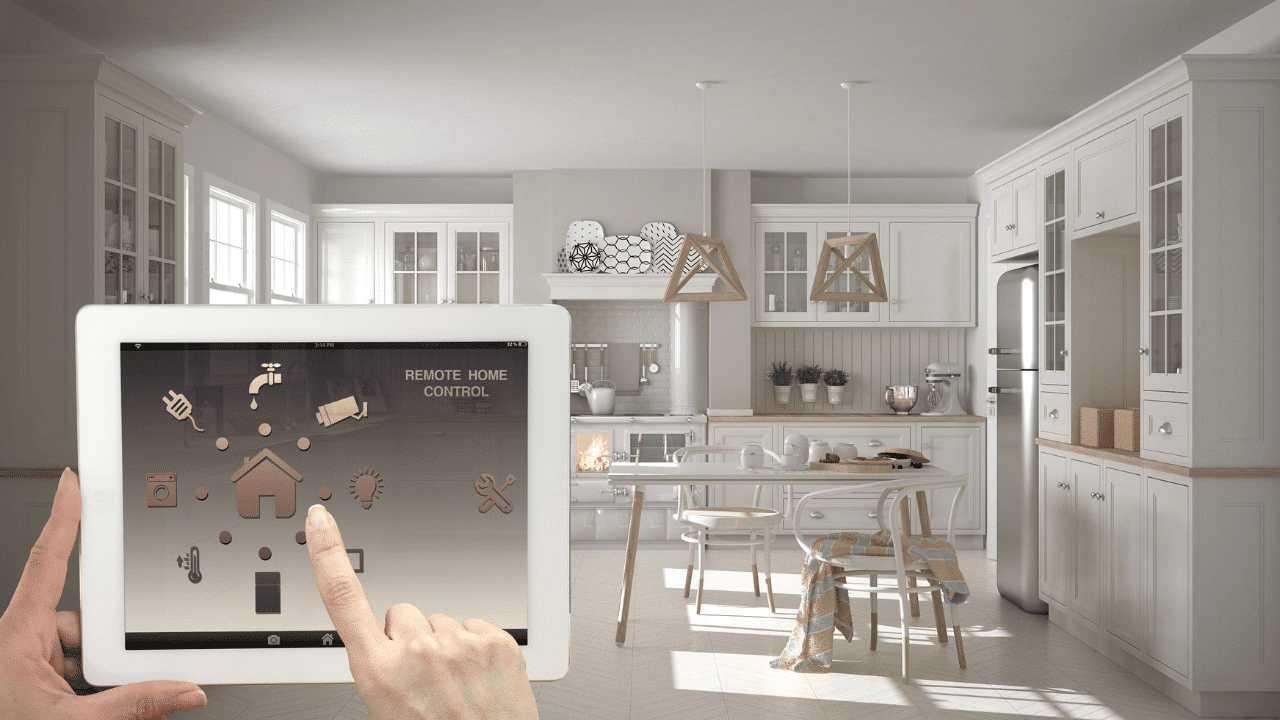
As we delve deeper into the 21st century, the fusion of the Internet of Things (IoT) with home automation is not just an emerging trend—it’s a vivid reality shaping our daily lives. The concept, at its core, promises convenience, efficiency, and a leap towards futuristic living. Home automation, powered by IoT, offers an integrated ecosystem where devices communicate, learn from each other, and evolve to cater to individual user needs. It redefines how we interact with our living spaces, ensuring our homes are not just shelters but responsive environments adapting to our preferences. However, as with any nascent technology, challenges remain, from integration dilemmas to security concerns. But as history has shown, innovation often rises to meet such challenges. The journey of understanding IoT’s role in home automation is just beginning, and the horizon holds immense potential for homes that are not only smart but also intuitive, secure, and sustainable.
